Chicago’s fourth Women’s March, in photos
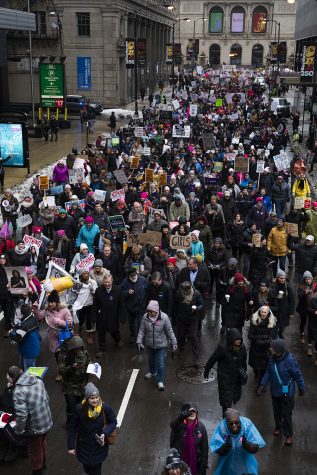
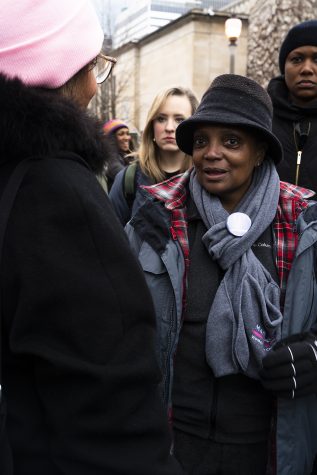
Mayor Lori Lightfoot speaks with Rep. Robin Kelly (D-Ill.) before the start of the march.
Thousands gathered in Grant Park for the fourth Chicago Women’s March, which began in 2017 in reaction to the inauguration of President Donald Trump.
The Saturday, Jan. 18 march—which will be the last one to take place before the 2020 election—was led by local elected officials, including Mayor Lori Lightfoot, Rep. Robin Kelly (D-Ill.) and Rep. Jan Schakowsky (D-Ill.), among others.

This year’s march is celebrating persons with disabilities, who are led through the march by various “wayfinders.”
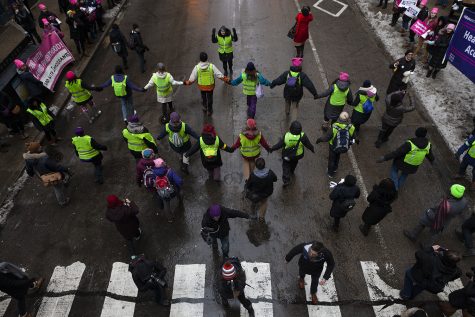
Volunteers stand hand-in-hand to lead the crowd forward in an organized manner.
Acting as “wayfinders,” the representatives assisted people with disabilities participating in the march. This new initiative was part of an effort to make the Women’s March more inclusive to all.
In previous years, the march has been criticized for excluding certain groups of women due to past anti-Semitic comments and for discouraging of abortion-rights advocates from participating in leadership.
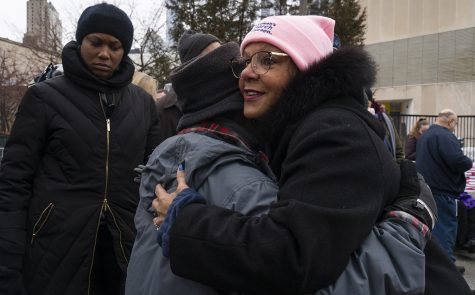
Rep. Robin Kelly (D-Ill.) greets Mayor Lori Lightfoot upon her arrival at the Saturday, Jan. 18 march.

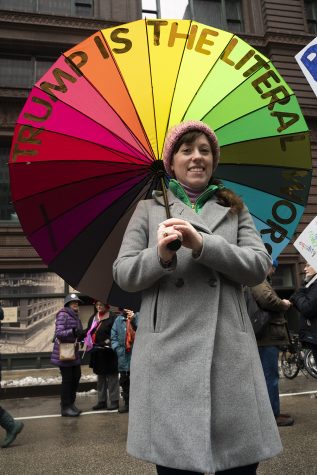
“You’ll see a lot more diversity reflected in the current board,” said Liz Radford, a safety marshal who helped organize Chicago’s first Women’s March. “It’s been a clear desire for everybody.”
Each block along the march route was dedicated to highlighting one of five issues the Women’s March Chicago is fighting for this year. The topics included census participation, the climate crisis, gun violence, access to women’s health and voting, according to a Saturday, Jan. 18 press release published by the organization.
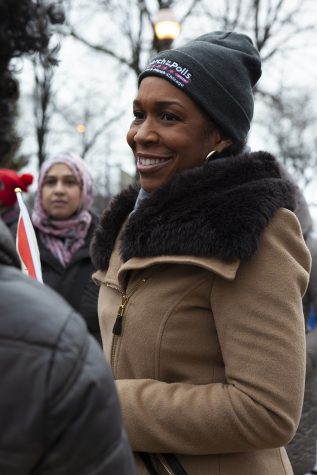
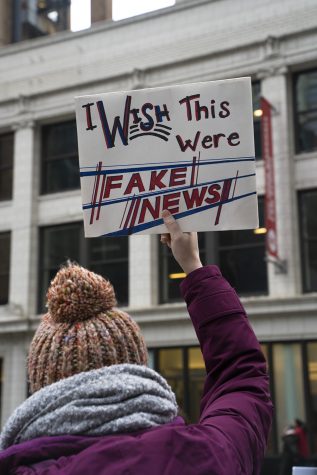

Following the march’s end in Federal Plaza, Refuse Fascism leads a group of supporters north to Trump Tower, 401 N. Wabash Ave.
“I just love the unity of the day,” said Justin Brand, a safety marshal for the march. “People coming together, singing, dancing, having a good time and showing their support for each other.”
Following the end of the official Women’s March, which was scheduled to stop and disperse at Federal Plaza, leaders from Refuse Fascism led a contingent of participants down Michigan Avenue to Trump Tower.
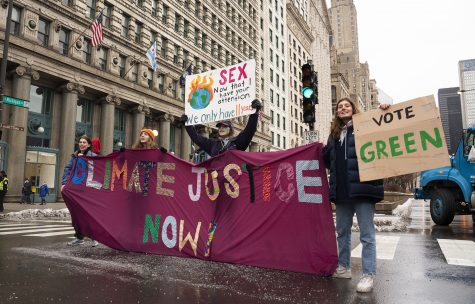
(From right) Callister, 18; Lily Aaron, 16; Natalie Schnider, 18; and Ettie Jacopsen, 18, lead the crowd in environmental chants.
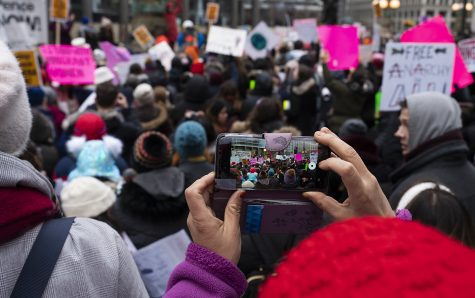
A marcher documents a speech by Lina Thorne, of the Chicago Chapter of World Can’t Wait, in front of Trump Tower.

